OVERVIEW
- Steam
- itch.io
Howl of Iron is a 3rd person action title with blends of stealth. The city offers several paths and heights to move and attack.
Travel through the streets of Steamfall your way. Explore back-to-back each section to find the patrols’ weak spots. Climb buildings to attack from above and escape unfavorable encounters.
I worked as Game Designer and Technical Designer on this game as my Master’s Degree Final Project.
MY CONTRIBUTIONS
- Designed and prototyped most of the core mechanics and systems, including, among others:
- Data-Driven Character System: The first version for the character creation system.
- This system consisted of generating the different characters of the game around data instead of around inheritance.
- This method was prototyped, but excluded from the final version of the game due to the low quantity of characters needed for this project.
- The entire documentation about this system can be read here.
- Combat System: This system was implemented by using Gameplay Ability System (GAS).
- Light and Heavy Attacks: Montages and transition between attacks.
- Impacts (UX related): Camera Shake, Particles, blur.
- Attack Effects (flyback, pushback, etc.).
- Magnetism between attacks to get closer to the enemy.
- Cutscene System: Made custom triggers to play cutscenes during the game (after executing an enemy, after reaching a place, etc.).
- Save Game System: Used Game Instance and Save Game object to save the player data during the game.
- Subtitle System: Used sequences to call static functions that show subtitles on viewport.
- Data-Driven Character System: The first version for the character creation system.
- Designed and Implemented the User Interface (UI):
- Worked pair to pair with programming members.
- Implemented main menu: Title Menu, Buttons (New Game, Continue, Settings, Credits, Quit), responsiveness.
- Implemented the tutorial and a Tooltip System to show videos and tips during the playthrough.
- Made multiple Tools for Level Designers & Artists: During the project, as a Technical Designer, I developed multiple tools to enhance productivity of team members.
- Mesh Distribution Tool: This tool allowed level designers and artists to place objects in a faster way. Its applications can be seen here.
- Mesh Replacing Tool: This tool allowed the artists to replace the scenario proxies by the final mesh selecting the old one and the new one.
- Custom Trigger Tool: This is the tool used for all the triggers in the game. Every trigger has a list of listeners and events that are called when a actor overlap it and executes custom functions.
- Successfully pitched the game to different stakeholders.
PROJECT DETAILS
- Studio: 16 Gears
- Genre: Third Person Adventure
- Platform: PC
- Duration:
- Core design and prototype: February 2022 – May 2022
- Pre-Alpha: May 2022 – July 2022
- Alpha: July 2022 – September 2022
- Beta: September 2022 – October 2022
- Gold: Early October 2022 – Late October 2022
- Team Size:
- 6 Game Designers
- 5 Programmers
- 5 Artists
- 1 Producer
- Engine & Tools used: Unreal Engine 4.27, Maya, Substance Painter, ZBrush
- Other: During this project I was mentored by industry professionals.

